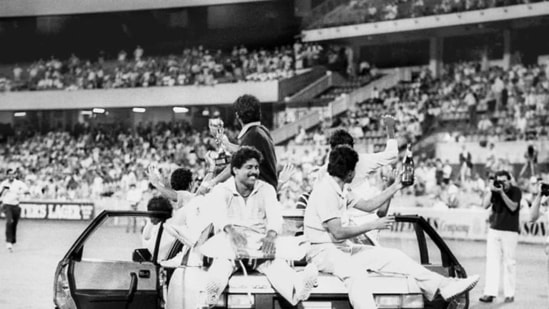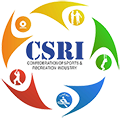How sports can be a marker for holistic development
The article has been authored by Neelam Babardesai, head of sports, Tata Trusts.

In the Commonwealth Games 2022, India won 61 medals. We have steadily progressed in the past decade thanks to additional funding and government support for elite athletes. But we are still ranked 4th in the medal tally, with Australia and England leading with 178 and 176 medals, respectively.
So, what do we need to do to get to the top? We need a more holistic approach to sports, making it part of our lifestyle, rather than just focusing on winning medals. With more participation at the grassroots in all regions of the country, there are more chances of identifying talent. With structured sports training programmes and a pathway, talented children will get opportunities to progress along the different stages of the ladder to sporting success.
India had a rich tradition of sports and games prior to the British era. kushti or malla yudha, mallakhamb, archery, kabaddi, seven stones, gilli-danda, kho kho, kite flying, langdi are some of the more known games played across the country. Indian martial arts also include a variety of culture, tradition and use of weapon of the particular region like lathi khela from Bengal, huyen langlon from Manipur, kalari from Kerala, gatka from Punjab, silambam from Tamil Nadu. Yoga is India’s gift to the world as a mantra for healthy living. Our everyday style of living included and promoted physical activity as a part of life – such as the Indian baithak (floor seating), ways of cooking and cleaning, all ensured that if we just followed our traditional ways, we would be doing physical activity and living a healthy life.
But somehow over the recent centuries, we have somehow lost touch with our own tradition. Post-Independence, with more focus on improving literacy rate, we have missed out on the physical literacy component of education. In schools, from a young age, sports and games has been seen as an extracurricular activity, with just one or two games period a week, and that too not mandatory. Access to areas to play has been on a steady decline, especially in the cities, with open spaces being used for construction. As a result of this, health problems like obesity and heart diseases have seen an alarming increase in the past few decades.
This itself should be a good enough reason for us to relook at sports programmes.
Sport is any kind of competitive physical activity or game, which aims to maintain or improve physical ability and skills and provides enjoyment to participants and entertainment to spectators. However, non-competitive, purely recreational physical activity or game can be equally adequate to maintain a healthy lifestyle.
At a younger age, it is to provide opportunities to children to engage in recreational games and physical activities. But as they grow older, their needs change. Hence the progression to competitive sports can help to keep them interested and connected. The skills developed in these younger years can play an important role in improving their chances of social engagement and healthier mindsets, even in their youth and adulthood.
Studies the world over have confirmed that sports and physical training are a key part of holistic development for students to build discipline, learn teamwork, and improve reflexes. Sports can serve as a great equaliser for children, youth and adults coming from diverse backgrounds. It offers an additional career avenue for gifted students to hone their natural talents, regardless of their background. State programmes supporting sports and private academies, though far and few, are one of the only forms of welfare that guarantee students to be the prime beneficiaries. These benefits also go beyond the obvious stimulus to physical and mental development – it facilitates a culture of harmony among children from different backgrounds, which is an important social goal in several fragmented communities.
With limited state support for grassroot programmes, we need corporates and foundations to come forward to run programmes at grassroot levels in addition to supporting elite athletes. The pyramid model of sports strategy holds a lot of potential towards unlocking India’s sports talent – where sports and physical activity are a fundamental part of the school educational experience, with promising talent being trained and groomed to pursue pathways to competition and careers in sport that brings personal success and national glory. This model of investment pays tremendous dividends by enriching the experience of students at every level of participation.
As Nelson Mandela said: “Sport has the power to change the world. It has the power to inspire. It has the power to unite people in a way that little else does. It speaks to youth in a language they understand. Sport can create hope where once there was only despair.”
Truly a cause worth investing in for a healthy nation, and future generations.
Hindustan Times

